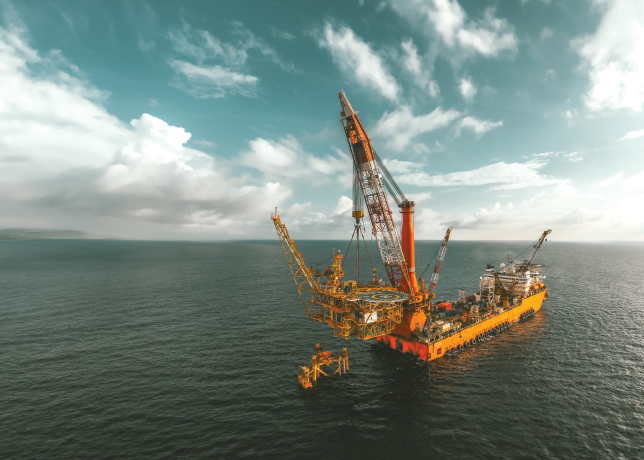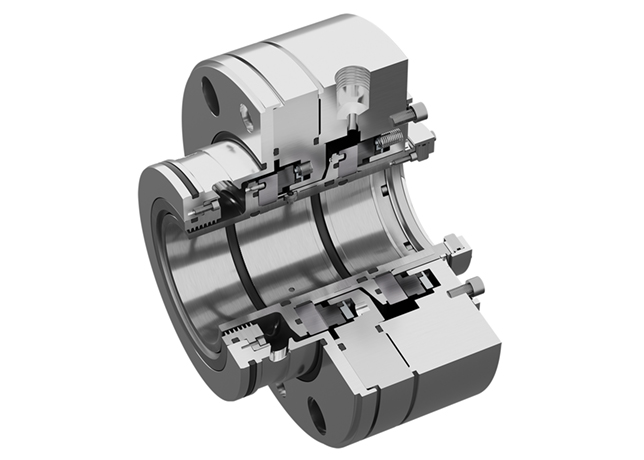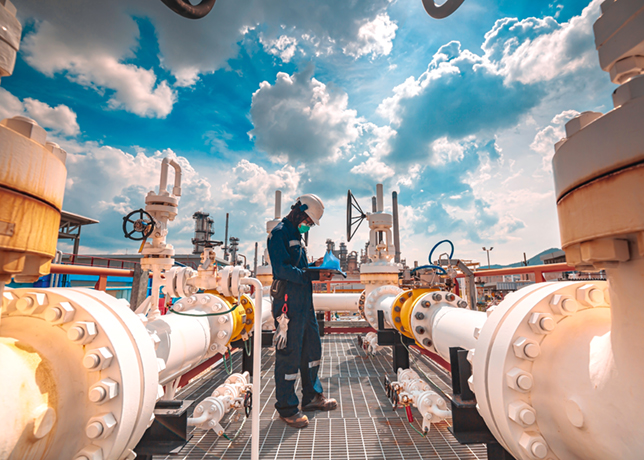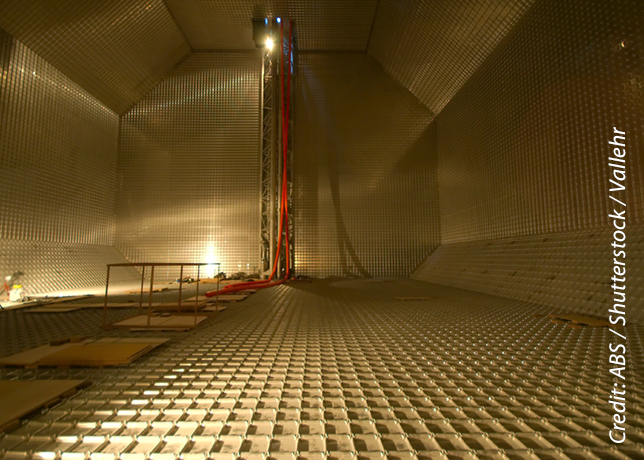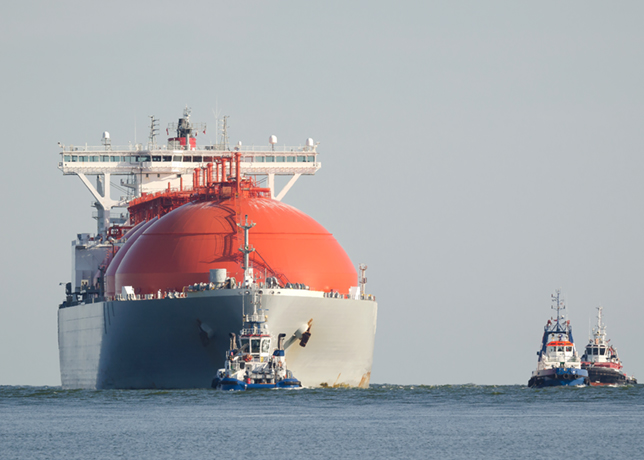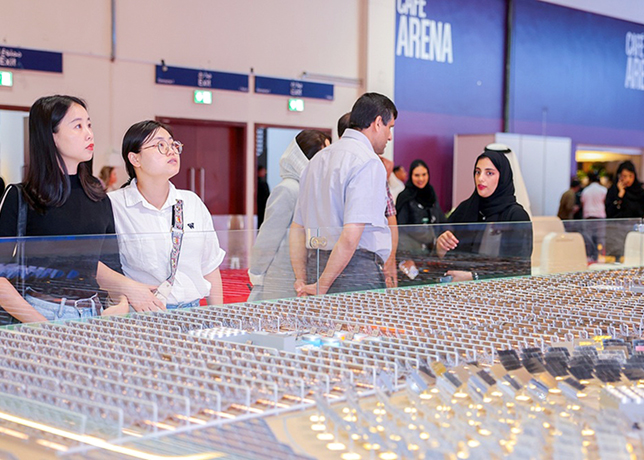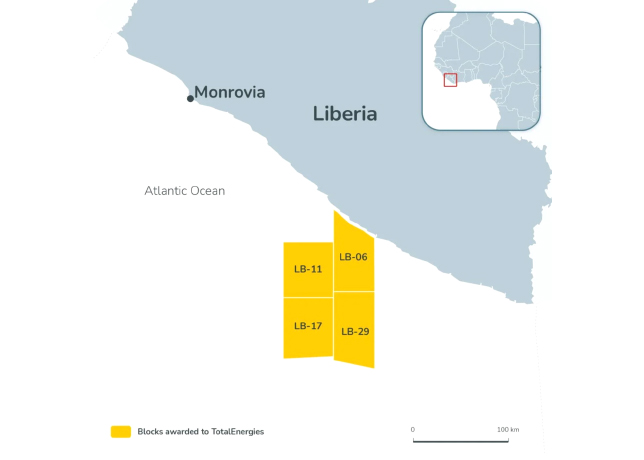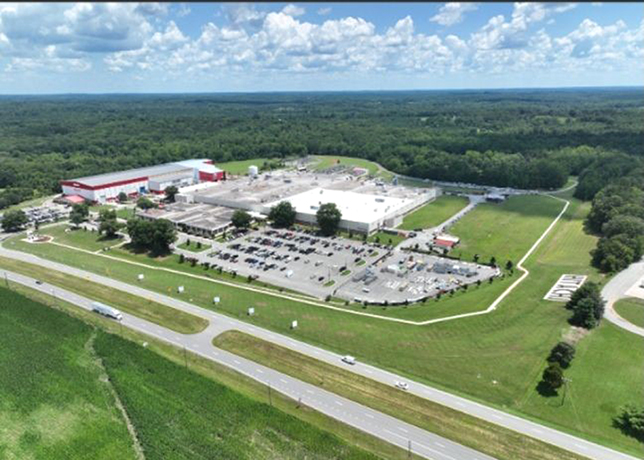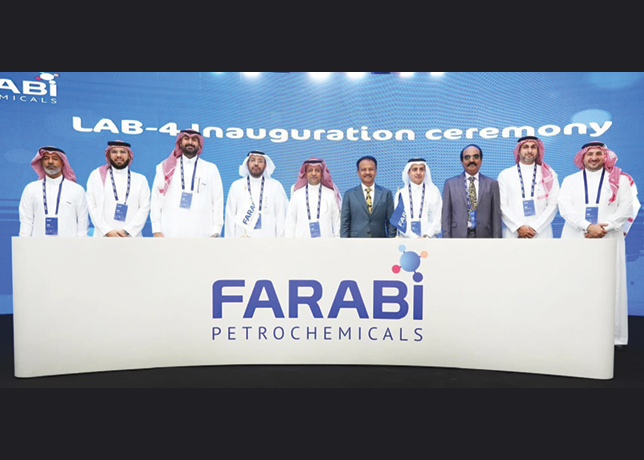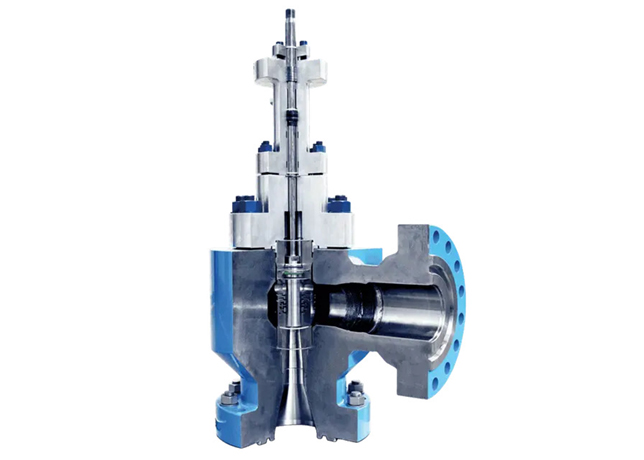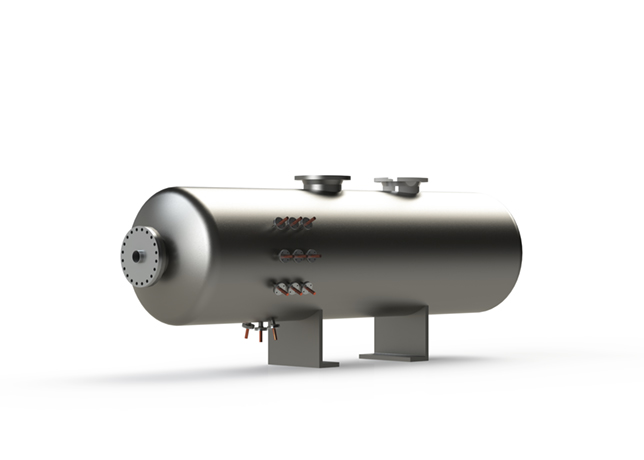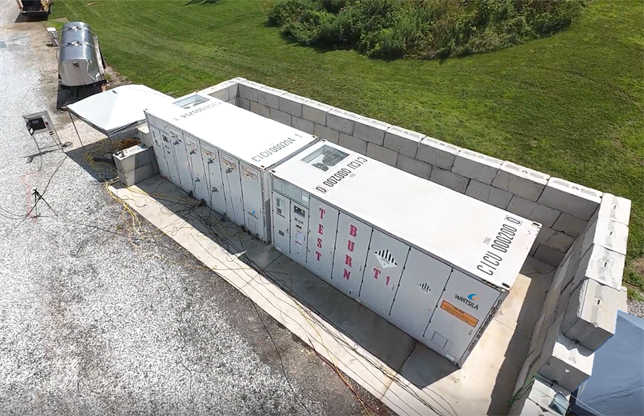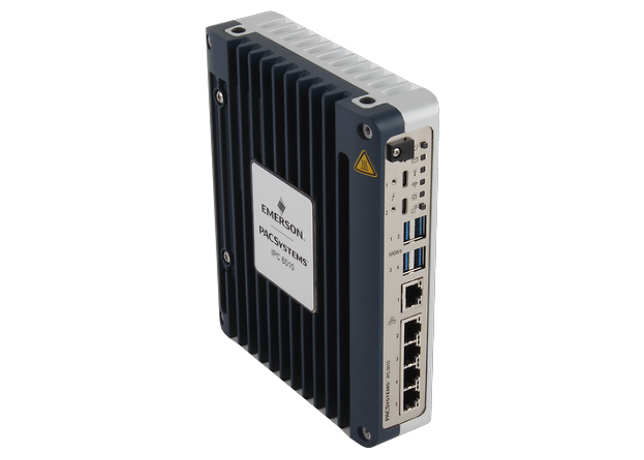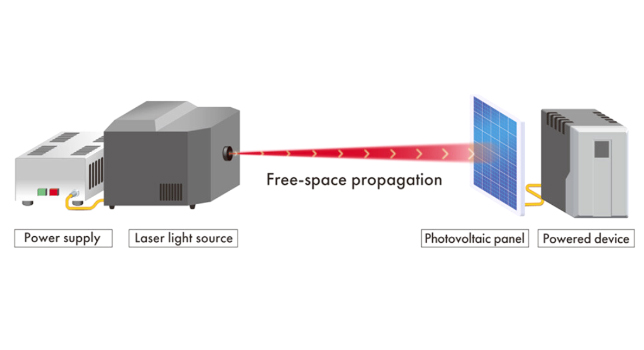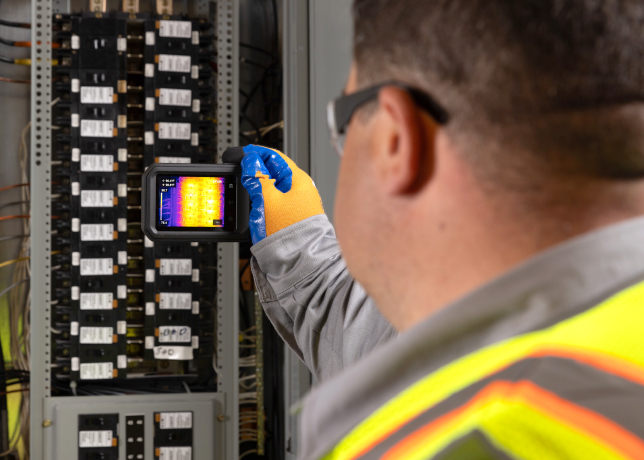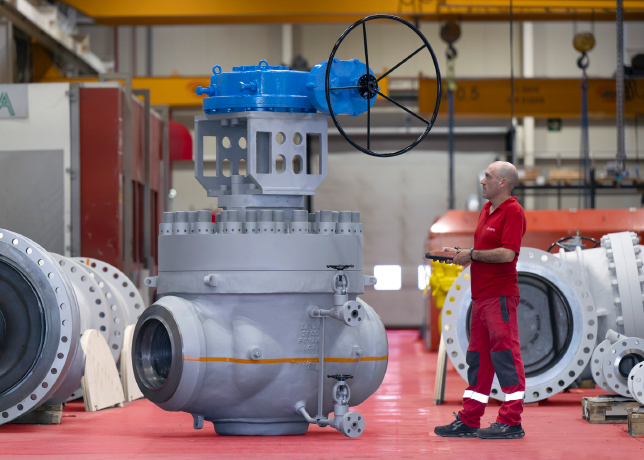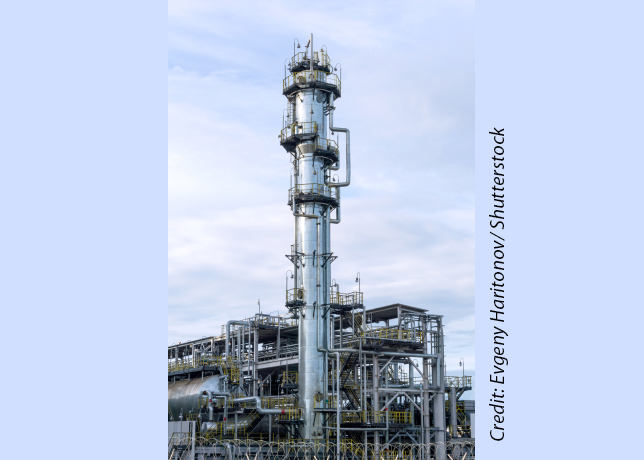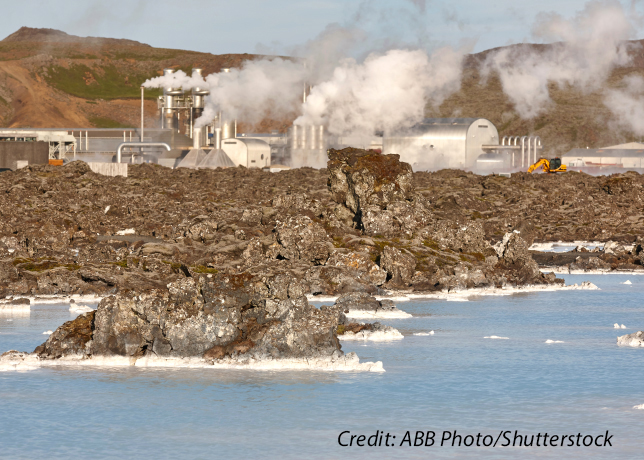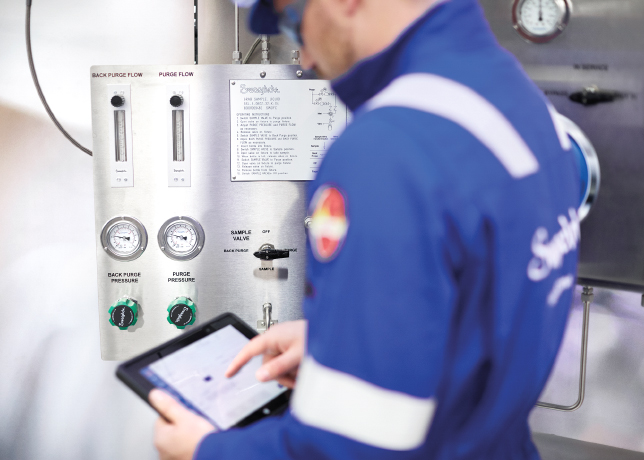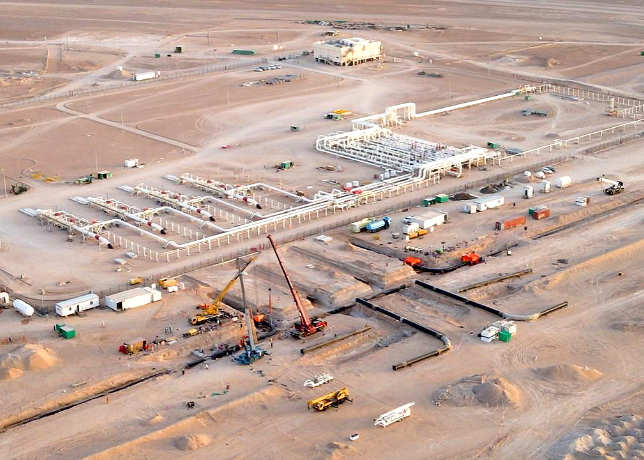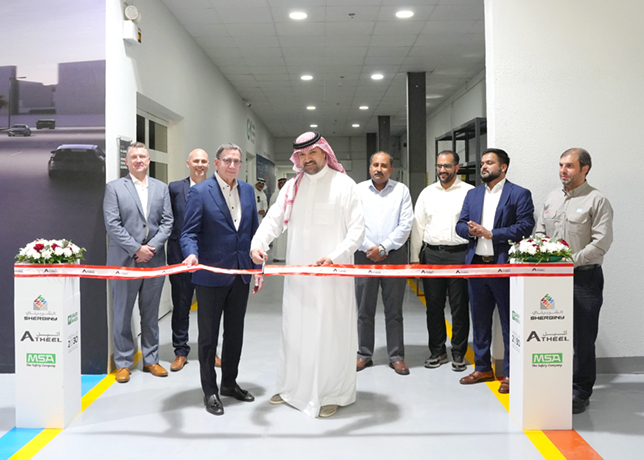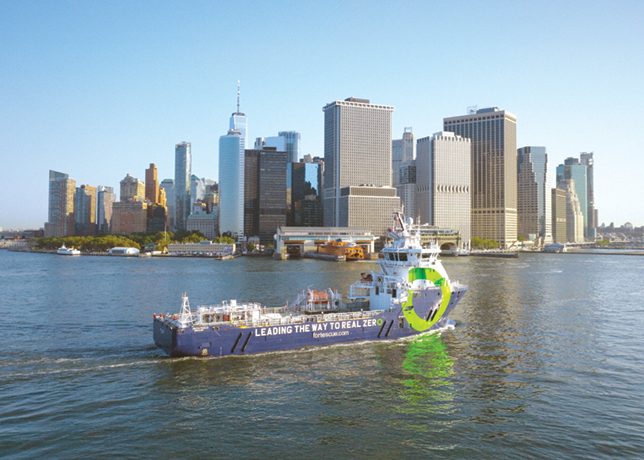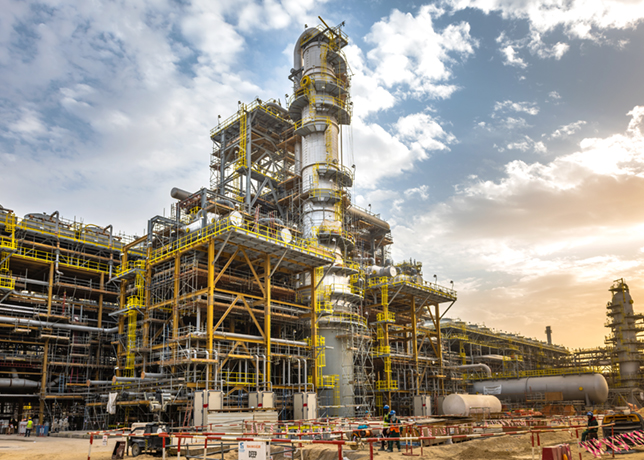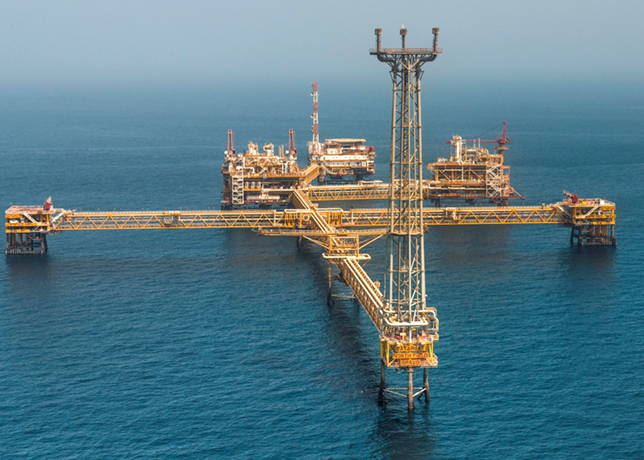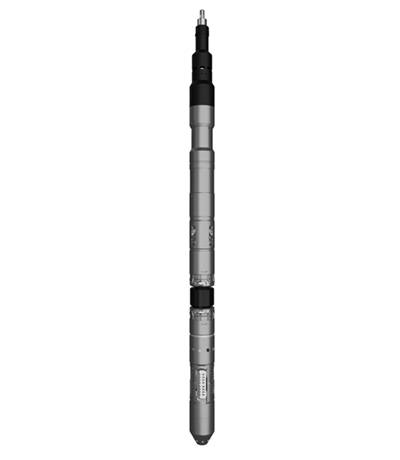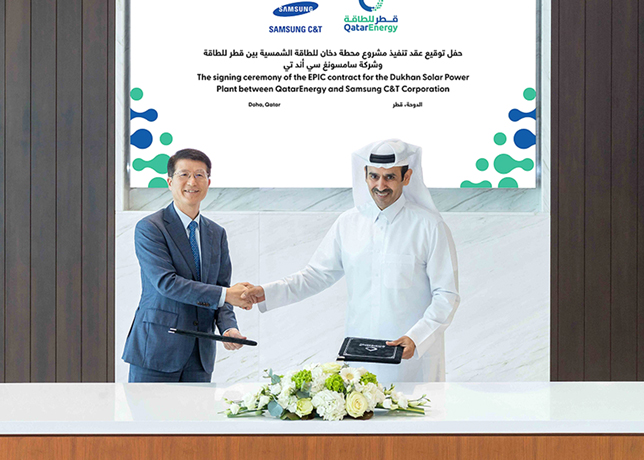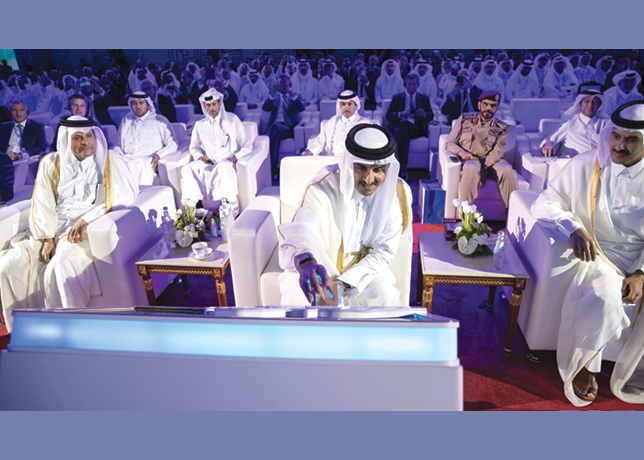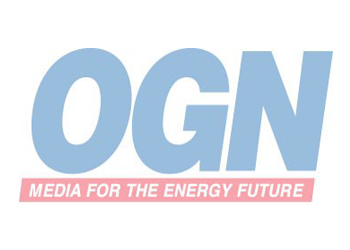
 New Furmanite pipe clamps ... after considerable investment, optimal materials have been chosen
New Furmanite pipe clamps ... after considerable investment, optimal materials have been chosen
Furmanite, the global plant and pipeline service firm, has a range of products known as FurmaSeal repair clamps that provide fast and economical on-line leak-seal repairs to pipelines, flowlines and risers without costly shutdown.
Now a further development in the technology means that leak-sealing clamps can be designed to accommodate variations in pipe diameters, providing cross-asset benefits.
Traditionally leak sealing clamps have been ordered and supplied for an asset-specific application when the need arises, but the latest advance in the technology now provides valuable time and cost savings by allowing one or more clamps to be held as a contingency measure against pipeline defects or accidents, and fitted as required to a number of different assets.
Whereas previously the idiosyncrasies in pipeline dimensions have meant that a clamp designed for one pipeline cannot necessarily provide an effective seal on another, the latest self-sealing clamps from Furmanite are designed to accommodate variations in nominal outside diameters and out-of-roundness that would traditionally have been problematic, and still provide a robust, reliable high-pressure seal. Known as ‘cross-asset’ clamps, this innovative development in leak sealing repair has been successfully introduced in the North Sea and is now stimulating interest around the world, including the Caspian, Far East, and Gulf of Mexico.
On-line repair avoids downtime
Based on the FurmaSeal concept - specifically designed for rapid and cost-efficient on-line pressure leak repair, without shutdown - the bespoke scaleable cross-asset clamps deploy a system of interchangeable inserts and seals, enabling a pipe outside diameter variation of more than 30mm to be accommodated.
Furmanite general manager Malaysia Adam Ibrahim explains that an exact fit is crucial to avoid extrusion and maintain the seal. “If the clamp’s too large the void between pipe and clamp means the seal will simply be forced out under pressure,” he said.
The principle of the clamps is one of a split sleeve fitting which can be applied to any section of pipeline for repair or reinforcement while operation continues. No sealing compound injection is required - instead flouro-elastomer rubber seals are used, which are compressed and loaded by bolting around each end of the clamp and between the two clamp halves, producing an effective, mechanically-actuated seal.
Single clamp for varying diameters
Key to the cross-asset clamp are the inserts supplied in varying sizes. “Fitting these provides the adaptability needed so that a single clamp can accommodate the necessary variations in size,” Ibrahim continues. “This makes it economically viable to hold contingency clamps for critical lines, so if the need for repair arises it can be acted on straight away.”
The circumferential seals are loaded in the axial direction and activated using a separate flange or glanded arrangement at each end of the clamp which causes radial expansion and compression against the pipe surface. The inserts, or segments, create an anti-extrusion system to prevent the seals being pushed out of the clamp by the pressure. These slide on tapers to span the annulus between the outside of the pipe and inside of the clamp. As they slide inwards, they are able to accommodate the range of pipe diameters allowed for. The near-tangential bolting is tensioned or torqued to load the seal, and virtually eliminates bending and distortion, to ensure the seal is maintained. For subsea use, the clamps incorporate features such as hydraulic hinges for diver-friendly operation.
Importantly, two seal sets are used. This enables successful installation to be proven before re-pressurising the pipe, by pressurising the interspace between the two seals, without having to subject the pipe itself to additional loading or pressure.
The dual seal also allows periodic re-testing to confirm the integrity of the seal during the 25 year lifespan for which the clamps are designed. Features such as sacrificial anodes are incorporated to provide cathodic protection for this period.
A further valuable feature is that, while the clamps are designed for permanent repair, they may be re-used after a temporary operation, simply requiring new seals to be fitted.
Considerable investment has gone into the design and testing of the cross-asset clamps. Deploying Finite Element Analysis (FEA) and using cast steel bodies Furmanite has optimised the use of materials and minimised overall weight, while retaining the shell thickness and bolting requirements necessary to accommodate high pressures. The seal arrangement employs an innovative design to reduce cost and material requirements in the face of subsea conditions and deep sea environment.
Additionally, FEA software was used to validate the design in strict accordance with API 6H specifications, and the validation has also been subject to independent third party verification.
BP first
The first of these cross-asset clamps were designed and built for BP, for use in the North Sea, and clamps in 8, 14, 16 and 24 inch sizes have now been provided for high pressure deployment. The 24 inch clamp, for example, covers more than twelve pipelines with different tolerances and diameter ranges carrying gas, gas condensate, crude and sweet oil.
Challenging demands on the structural performance of the clamps by the high design and test pressure performance requirements were successfully met. Tested to 1.5 times the design pressure, test pressures of up to 408 bar have been achieved.
To date cross-asset clamps have been designed in sizes from eight to 36 inches, to test pressures from over 400bar to 180 bar, though clearly both larger and smaller sizes can be provided to meet requirements.
Holding contingency self-sealing repair clamps on standby for an operator’s various assets would previously have been impractical, but the cross-asset clamps now make it viable. Furmanite points out that having that contingency available for immediate deployment to avoid shutdown should the need arise could mean massive savings - particularly on critical lines - making these clamps invaluable in the battle to achieve maximum asset uptime.




